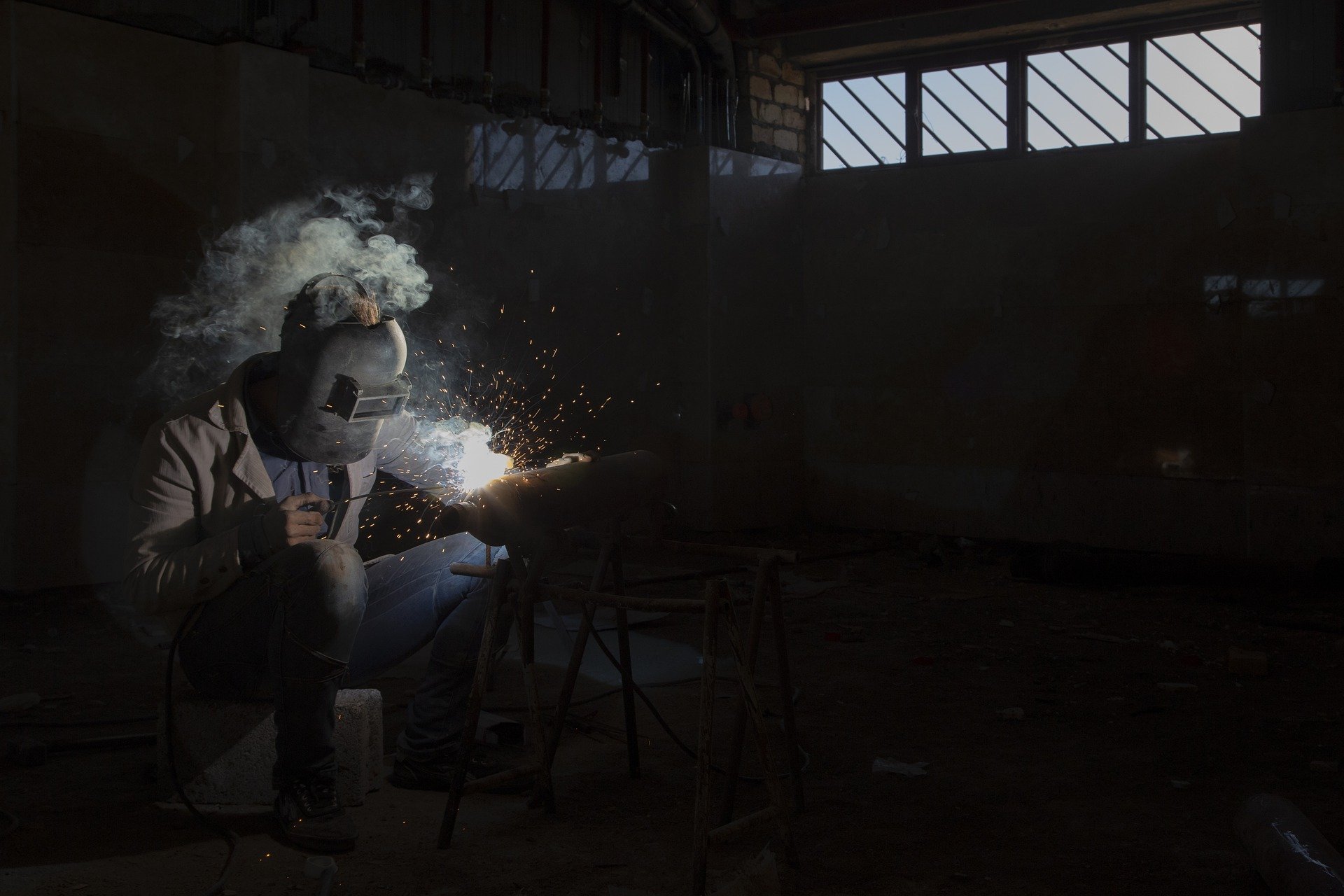Lassen, een proces waarbij materialen worden samengevoegd door middel van smelting, heeft een rijke geschiedenis die duizenden jaren beslaat en die zich heeft ontwikkeld van rudimentaire technieken tot geavanceerde technologieën die vandaag de dag vorm geven aan industrieën. Dit artikel verkent de historische reis van lastechnieken en belicht cruciale ontwikkelingen en hun invloed op verschillende beschavingen en industrieën.
Het begin van de oudheid
Lassen vindt zijn oorsprong in oude beschavingen, waar vroege mensen primitieve methoden gebruikten om gereedschap te smeden en eenvoudige metalen voorwerpen te maken. De ontdekking van kopersmelten rond 5000 v. Chr. betekende een belangrijke mijlpaal en legde de basis voor metaalbewerkingstechnieken die in de loop der eeuwen zouden evolueren.
Vroege metaalverbindingstechnieken
In de oudheid werden metalen verbonden met technieken zoals smederijlassen, waarbij metalen werden verhit en aan elkaar werden gehamerd om sterke verbindingen te vormen. Egyptenaren en Grieken maakten gebruik van smeedlassen om wapens, pantsers en decoratieve voorwerpen te maken en toonden daarmee hun vroege beheersing van de metallurgische kunsten.
Renaissance en industriële revolutie
In de Renaissance was er een hernieuwde belangstelling voor metallurgie en vakmanschap, wat leidde tot verfijningen in lastechnieken. Tijdens de Industriële Revolutie stimuleerde vooruitgang in de metallurgie en techniek innovaties in het lassen, waarbij de uitvinding van de autogeen las- en snijprocessen aan het eind van de 19e eeuw een revolutie teweegbracht in de metaalbewerking.
Innovaties uit de 20e eeuw
De 20e eeuw markeerde een transformatief tijdperk voor lassen, gedreven door technologische doorbraken en industriële eisen. De ontwikkeling van elektrische booglasmethoden, waaronder SMAW (shielded metal arc welding) en GMAW (gas metal arc welding), zorgde voor een revolutie in productieprocessen in sectoren zoals de auto-industrie, lucht- en ruimtevaart en de bouw.
Wereld Oorlog Bijdragen
Beide wereldoorlogen versnelden de toepassing van lastechnologieën voor militaire toepassingen. Lassen speelde een cruciale rol in de scheepsbouw, vliegtuigbouw en de ontwikkeling van infrastructuur, en ondersteunde de oorlogsinspanningen en de wederopbouw na de oorlog.
Vooruitgang in materialen en technieken
Na de Tweede Wereldoorlog breidde de vooruitgang in materiaalwetenschap en techniek de lasmogelijkheden uit. De introductie van afscherming met inert gas in lasprocessen, zoals gas wolfraam booglassen (GTAW), verbeterde de laskwaliteit en vergemakkelijkte het verbinden van reactieve metalen zoals titanium en roestvrij staal.
Automatisering en robotica
In de tweede helft van de 20e eeuw werden automatisering en robotica in het lassen geïntegreerd. Geautomatiseerde lassystemen verbeterden de productiviteit, consistentie en precisie in de productie en maakten de weg vrij voor massaproductie en complexe assemblagetaken in de auto- en elektronica-industrie.
Moderne tijd en daarna
In de 21e eeuw blijft het lassen zich ontwikkelen met de vooruitgang in laserlassen, wrijvingsroerlassen (FSW) en additieve productie. Laserlassen biedt nauwkeurige controle en minimale warmte-inbreng, ideaal voor het verbinden van ongelijke materialen en ingewikkelde onderdelen in de ruimtevaart en de medische sector. Additive manufacturing, of 3D printen, breidt de mogelijkheden van lassen uit door de productie van complexe geometrieën en op maat gemaakte onderdelen direct vanuit digitale ontwerpen mogelijk te maken.
Duurzaamheid en toekomstige trends
De toekomst van het lassen richt zich op duurzame praktijken, waaronder energie-efficiënte processen en recycling van lasmaterialen. Opkomende trends zoals slimme lastechnologieën en toepassingen van augmented reality (AR) in training en kwaliteitscontrole beloven de industrie verder te transformeren en te zorgen voor veiligere, efficiëntere laswerkzaamheden.
Conclusie
Van het smeden van metalen in de oudheid tot het hedendaagse robotlassen in geavanceerde productieprocessen, de geschiedenis van het lassen is een voorbeeld van menselijke vindingrijkheid en technologische vooruitgang. Elk tijdperk heeft bijgedragen aan unieke innovaties en technieken, die vorm hebben gegeven aan de wereld waarin we vandaag de dag leven. Terwijl het lassen zich blijft ontwikkelen, gedreven door innovatie en industriële behoeften, blijft de rol van het lassen in het vormgeven van de moderne infrastructuur, technologie en maatschappij onmisbaar.

